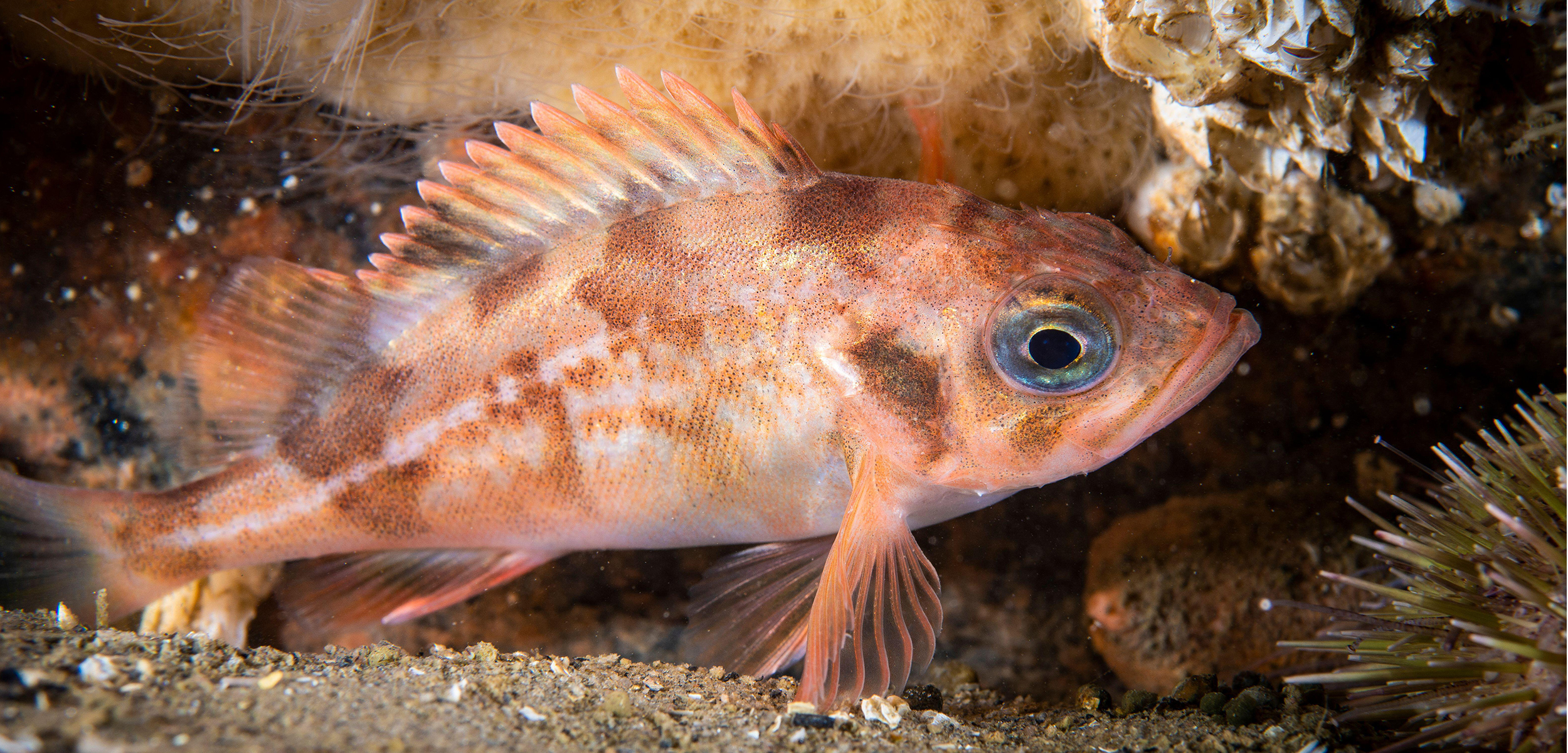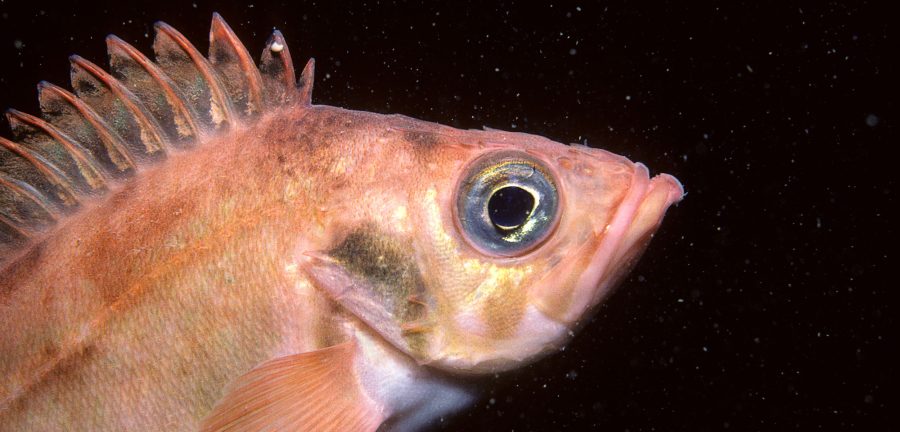Putting the Cart Before the Redfish
After a nearly 30-year hiatus, Atlantic Canada’s redfish fishery is coming back. But as opening day draws nearer, concerns about its viability are mounting.
Article body copy
This article provides an update to the story “In Cod’s Shadow, Redfish Rise,” published in February 2023, which explored the possible future of the redfish fishery.
In Cod’s Shadow, Redfish Rise
Thirty years after the population collapsed, the Atlantic redfish fishery is poised to reopen, providing a second chance at a sustainable fishery.
This was supposed to be a good-news story.
In Atlantic Canada’s Gulf of St. Lawrence, redfish have returned from the brink. Nearly 30 years after the fishery was closed, redfish populations have rebounded. Fishers, who have suffered through years of fisheries closures and widespread stock declines, have been eagerly eyeing the reemergence of the resource. But in early 2024, when Canadian fisheries minister Diane Lebouthillier declared that the redfish fishery would reopen later this year, keen observers received the announcement with apprehension. And now, as the reopening draws near—the tentative start date is June 15—conservationists and fishers say that climate change, shifts in the Gulf of St. Lawrence ecosystem, and unfavorable market conditions mean the fishery is unlikely to be the boon many are anticipating.
Worse still, there’s a good chance the fishery could close again within a decade—and that it risks hurting already-vulnerable fish populations along the way.
This change of perspective hinges, in part, on research by scientists with Fisheries and Oceans Canada (DFO) that shows redfish have stopped growing. In decades past, a mature, roughly 10-year-old redfish could reach 40 centimeters long—about the length of a bowling pin. But starting in 2021, scientists and participants in a small, limited experimental fishery that’s been operating since 2018 have found that redfish are now topping out at roughly 25 centimeters.
“We were not expecting that,” says Caroline Senay, a DFO biologist who’s been studying redfish and helped discover the fish’s diminution. “Fishermen were not expecting that.”
The reasons for this arrested development are unclear. It’s possible that the sheer size of the redfish population in the gulf—they currently count in the millions of tonnes—means that too many fish are competing for too few resources, limiting how big each fish can get. But Senay’s laboratory work suggests warming water may be to blame, as higher temperatures cause redfish to grow more slowly. Previous research, including work by scientists at the University of British Columbia, has linked this phenomenon of shrinking fish, which is affecting fish populations around the world, to climate change.
Yet the fish’s stunted size is only one reason the redfish fishery’s future is not as rosy as many had hoped. Scientists have also failed to find any signs of the next generation of redfish babies.
Almost all the redfish currently swimming in the Gulf of St. Lawrence were born during one particularly perplexing burst of reproductive success between 2011 and 2013. But so far, this baby boom’s echo is missing, and with no new redfish, the population has already started to drop from its peak of 4.3 million tonnes of fish in 2019 to its current 2.5 million tonnes.
In the early stages of the run-up to the fishery’s opening, fishing companies and conservationists were hoping that the return of redfish would support a healthy fishery for 30 years or more. But now, Senay says, scientists project the stock will shrink by 90 percent in less than a decade, regardless of how many fish are harvested. “With or without fishing, this resource is going to decrease in upcoming years,” says Senay.
That conclusion aligns with the decision to open the fishery now. But with the fish as small as they are, Jan Voutier, manager at Ka’Le Bay Seafoods in Nova Scotia, says the market may not even want them. At 25 centimeters, redfish are a little longer than a Pacific herring, and Voutier says the fish would produce smaller fillets than consumers want. For 20 years, Ka’Le Bay Seafoods has been trying to find markets for such small cuts, and the company’s freezers are full of unsold product from the tiny experimental redfish fishery.
“There’s an oversupply of small fillets right now,” Voutier says. Undersized redfish will be hard to move. For many fishers, he says, redfish fishing is not likely to make much sense financially.
That is particularly troubling for fishers, given that Canada’s fisheries minister pitched redfish as a way to make up for climate-related declines in other species, such as northern shrimp, which saw its lowest-ever quota in 2024.
In a statement, DFO spokesperson Axel Rioux said that during consultations about the fledgling redfish fishery in 2020 and 2021, numerous stakeholders said they would prefer to wait to open the fishery until the fish are bigger. But, the statement read, in 2023, when it became clear the fish would not grow any more, the department decided to move forward with the reopening.
According to Claudio Bernatchez, general manager of the Association des Capitaines-Propriétaires de la Gaspésie, a Quebec-based fishing industry association, fishing redfish won’t replace the revenue lost from declines in other species, especially northern shrimp. Redfish are currently fetching about US $0.10 per kilogram, compared with up to $0.50 per kilogram for shrimp.
Bernatchez says shrimp fishers struggling with declining catches have to transition to a new species—redfish—and work to build a market for that species. “There’s too much to do at once,” he says.
Meanwhile, conservationists like Katie Schleit, the fisheries director for Oceans North, a Canadian NGO, say the redfish fishery risks hurting sensitive species that share the same water. DFO, Schleit says, doesn’t yet have a clear plan for addressing this by-catch.
During the past 30 years, Schleit says a range of other groundfish stocks in the gulf reached critically depleted levels. “We have to take their stock health into account,” she says.
Schleit says efforts to mitigate by-catch will be essential. Scientists with DFO have proposed restricting fishing for the deep-dwelling redfish to below 300 meters. That restriction would minimize effects on the region’s most vulnerable species—such as white hake, which generally live higher in the water column—but may increase the risk of accidentally catching Atlantic halibut, which head for deep-water channels in winter to spawn, where they may end up in redfish fishing grounds. There’s also the worry, raised by some inshore harvesters, that, given halibut’s high price, fishers could use redfish fishing as a smokescreen to poach halibut.
A certain level of by-catch is impossible to avoid, Schleit explains—although she says that even if the pending redfish fishery opens with a relatively conservative quota of just 25,000 tonnes, fishers could realistically exceed by-catch limits for depleted species.
In a statement, DFO said it will use the feedback it has received from stakeholders to help inform management measures, harvesting plans, and quota monitoring systems for the 2024 redfish season. Yet given the fishery’s imminent start, Schleit says she’s concerned about how many details still need to be hammered out.


